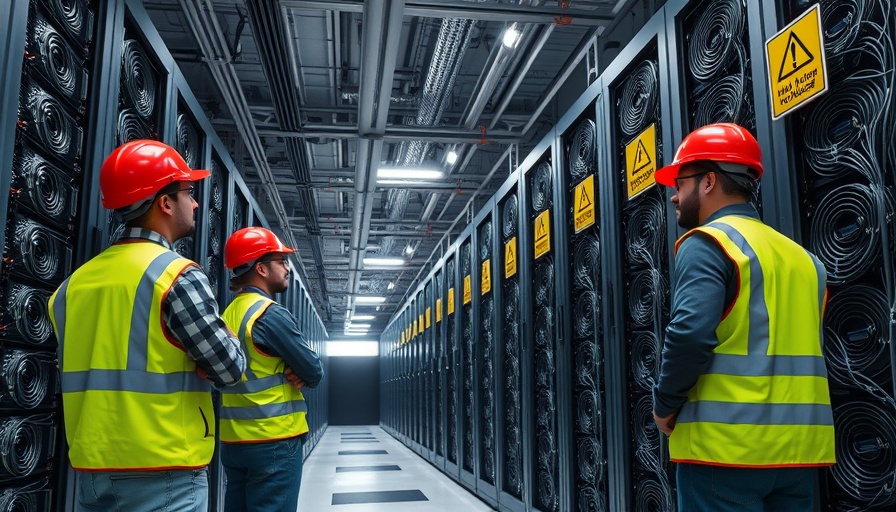
Rising Electricity Demands from AI Data Centers
The International Energy Agency's (IEA) latest report forecasts a staggering increase in electricity consumption by AI data centers, with projections indicating that by 2030, these facilities will require more energy than the manufacturing of all other energy-intensive goods combined, such as cement, aluminum, and chemicals. This surge is set to define the energy landscape of advanced economies, with data centers contributing over 20% to the overall rise in electricity demand by the close of the decade.
Significance of AI in the Energy Sector
As AI technology rapidly evolves, it becomes a pivotal force in shaping energy consumption and production trends. IEA Executive Director Dr. Fatih Birol has remarked that the electricity demand from global data centers could double within the next decade, equating to electricity use similar to that of Japan today. Highlighting the implications for various nations, in the U.S. alone, data centers may account for nearly half of the increase in electricity use.
Renewable Energy Sources: The Hopeful Solution
The IEA report emphasizes the urgent need to diversify energy sources to meet the growing demand. Renewable energy, alongside natural gas, is positioned to become the mainstay for powering these data centers due to its cost-effectiveness and sustainability. This shift could potentially mitigate some of the environmental impacts associated with rising electricity demands while facilitating a quicker transition to greener energy technologies.
Emerging Challenges: Cybersecurity and Emission Concerns
While the anticipated increase in energy demand raises concerns about emissions, the report reassures that the overall impacts on the energy sector will remain minimal. However, the conversation about cybersecurity becomes critical as AI advancements also usher in heightened risks. Cyberattacks on energy facilities have surged, and though AI can be a tool for enhancing energy companies' defenses, the interplay of these technologies necessitates careful navigation.
The Road Ahead: Balancing Innovation and Responsibility
As we embrace the innovative possibilities that AI presents, the onus falls on societies and governments to leverage this tool ethically and sustainably. The IEA stresses the importance of boosting investments in electricity infrastructures and improving the efficiency of data centers while fostering dialogue between the tech and energy sectors. By doing so, countries can harness the benefits of AI while minimizing its potential risks, ensuring a sustainable energy future.
Final Thoughts: Preparing for the AI Energy Revolution
The intersection of artificial intelligence and energy consumption is set to define the next decade, emphasizing the need for strategic planning from governments and industries alike. With smart investments and responsible practices, we can navigate this emerging paradigm and harness AI's vast potential for a sustainable energy landscape.
 Add Row
Add Row  Add
Add 




Write A Comment